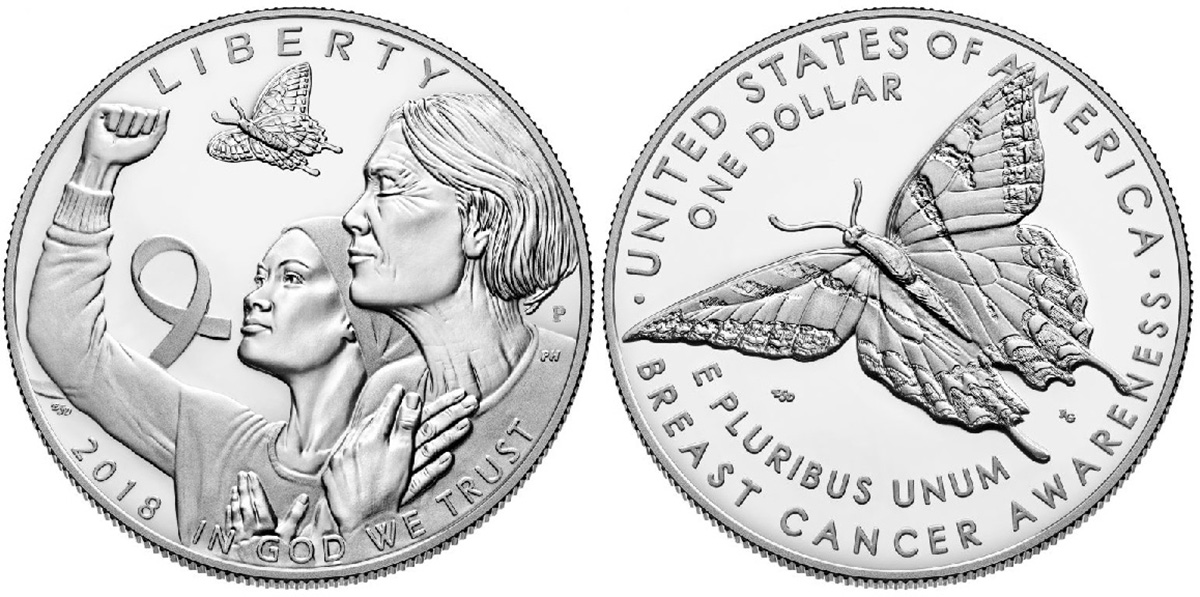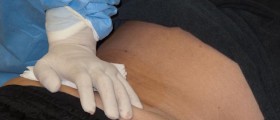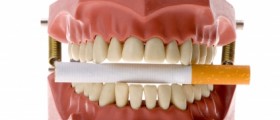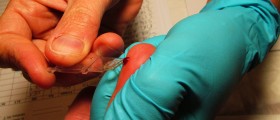
General Information about Breast Cancer
Breast cancer is a certain type of medical condition which is characterized by the development of malignant cells in the breast tissues. Every breast has up to 20 lobes which are further divided into smaller sections which are referred to as lobules. Lobules are filled with numerous little bulbs which are in charge of the production of milk. Those little bulbs, the lobules and lobes are all connected by extremely thin tubes which are referred to as ducts. Breasts also contain lymph vessels and blood vessels. Lymph vessels are in charge of carrying a fluid called lymph. There are lymph nodes throughout the entire human body and they in charge of filtering various substances and helping in fighting various different types of diseases and infections. The most common type of breast cancer commonly starts in the small ducts and it is medicinally referred to as ductal carcinoma. Another type of breast cancer is referred to as lobular carcinoma, and just as its name suggests, it always begins in the lobules or the lobes. There is another less common type of breast cancer which is commonly referred to as inflammatory breast cancer and it is characterized by swollen, red, warm breasts. Health history and age are among the most important risk factors when it comes to the development of breast cancer. Other common risk factors which may or may not be associated with the development of breast cancer include being white, drinking alcoholic beverages, taking hormones such as progesterone or estrogen, breast tissue that is dense on a mammogram, treatment with radiation therapy to the breast, a mother or sister with breast cancer, personal history of breast cancer or benign breast disease, older age at first birth or never having given birth and menstruating at an early age. There are certain types of signs and symptoms which may indicate the presence of breast cancer. The most common ones include dimples in the breast that resemble the skin of an orange, scaly, red or swollen skin on the areola, nipple or the breast, fluid from the nipple, a nipple turned inward into the breast, a dimple or puckering in the skin of the breast, a change in the shape or size of the breast and a thickening or a lump in or near the breast. In a case a person notices any of the aforementioned symptoms, he or she should visit a doctor as soon as possible. There is no need for panic, because those symptoms may also be related to other medical conditions.
Statistical Data
There are more 2.5 million women in the United States who survived a cancer of the breast. With each year there are more than 200,000 new cases of women diagnosed with breast cancer, and there are also more than 40,000 of them who die because of this dreadful medical condition. The median age at diagnosis for cancer of the breast is 61 years of age, even though breast cancer may affect persons from all different age groups. As far as ethnic groups go, white women are the ones which are affected by breast cancer the most but they are closely followed by African American, Asian, Native American and Hispanic women.
NCI's Breast Cancer Risk Assessment Tool
This tool is very efficient in estimating the risk of breast cancer in women. It is an online tool which is commonly used only by a health care provider and it can precisely estimate all risk for the period of next five years.
Tests and Diagnosis
There are certain tests which may be very efficient in examining the breasts and defining or diagnosing breast cancer. The most common of them all is physical exam and history. This test checks for general health signs and inspects if there are any lumps or something else which may be unusual. Another commonly used type of test is mammogram and it is actually an x-ray scan of the breasts. There is also the ultrasound exam which involves high energy sound waves that bounce of internal organs and tissues. The waves then create a picture which is referred to as sonogram. Magnetic resonance imaging can also be used as a test for breast cancer. This type of test involves a magnet along with a computer and radio waves. Blood chemistry studies may also be of great help in diagnosing breast cancer. Blood samples are used for measuring of certain substances. Any unusual values indicate certain medical problems. Biopsy is another type of test and it involves removed certain tissues and cells for further examination under a microscope. There are four different main types of biopsy and those include fine needle aspiration biopsy, core biopsy, incisional biopsy and excisional biopsy. If the cancer is diagnosed there are further tests than need to be done such as multigene tests, MammaPrint, Oncotype DX and estrogen and progesterone receptortest.
- healthfinder.gov/api/Outlink/Search/https/www.cancer.gov/types/breast/risk-reducing-surgery-fact-sheet?_label_=Learn+more+about+surgery+to+reduce+breast+cancer+risk
- healthfinder.gov/api/Outlink/Search/http/www.cancer.gov/about-cancer/causes-prevention/genetics/brca-fact-sheet?_label_=http%3A%2F%2Fwww.cancer.gov%2Fabout-cancer%2Fcauses-prevention%2Fgenetics%2Fbrca-fact-sheet









_f_280x120.jpg)







Your thoughts on this
Loading...